Bright Racing Shocks F929 Next-3RC: The Evolution
Press Release: Bright Racing Shocks F929 Next-3RC - The Evolution
Handmade in Italy with love.
NEXT is Bright Racing Shocks' (BRS) dedicated enduro MTB fork, and the second generation (with the initial fork being produced from 2021 to now) brings marked improvements over the inceptive model. BRS was born with a commitment to innovation, and with the third generation of the NEXT model, named NEXT-3RC (where RC stands for Regularity Competition), due out this month, Bright has decided to push the envelope even further.
Pablo Fiorilli, owner, and designer for BRS, decided to make a USD fork for the MTB world based on the Sliding Bushings structure found in motocross forks, a solution he has been developing since the 1990s with his first FIMOCO Engineering brand in Downhill. BRS was the first to develop the sliding bushing for MTB forks, solving the typical problems of USD's. Using a combination of sliding bushings and an innovative carbon composite upper tube construction. This combination, when perfectly tuned, allows the dynamic response of carbon fiber to be exploited with the precision and incisiveness of the sliding bushings system, helping create a uniquely stuff yet resilient chassis. .
For the past 12 years, BRS forks have offered athletes and enthusiasts a high level of riding precision, thanks in part to the performance of the ACAD (Anti Cavitation Active Damber) hydraulic cartridge, which was designed to offer increased support and stability compared to traditionally available Enduro forks. The ACAD cartridge has also been redesigned with extensive use, especially in recent years, using telemetry and simulation programs, and is now in its eighth edition. Of note and designed into the ACAD is a dynamic sag where the fork effectively has none. With built-in negative travel, actual measurable sag is cut down over a traditional fork, leaving your axle to crown true when on the bike, therefore not changing the bike's head angle and its ride characteristics. More on that below.
What's new on the third-generation NEXT:
OUTER LEGS:
In the previous version, the outer legs were 49mm in diameter with a shape designed for high stiffness. The outer legs of the NEXT-3RC change with a new mold and design, reducing the diameter to 48mm but introducing reinforcing ribs on the sides to increase stiffness in an oriented manner, following lateral stress flows. Because of this new shape, mechanical performance has been further increased while decreasing the weight and giving it a sleek, tapered finish.
CROWN:
The fork crown, which retains its complex workmanship as a billet-milled piece of 7075-T751 aircraft aluminum, is reshaped with a new design, fine-tuned using dedicated software to identify active masses. This analysis makes it possible to create a design with greater dynamic stiffness over previous models. The crown also functions as an air chamber bypass system. The crown is hollow on each side with a chamber designed to capture and displace air as the fork cycles. This system is connected through the steer tube allowing for increased air volume which then flows across the legs. The idea of connecting the two outer legs comes from the mind of EVERFLOW of Italy, which implemented this design two years ago by applying external ducts on traditional forks. Bright brought that concept back to USD architecture by integrating the air passages through the crown and steer.
STANCHIONS:
The stanchions now have more overlap with the outer legs to handle greater travel while simultaneously increasing stiffness. The manufacturing process has been refined to achieve a more perfect roundness and straightness, they are finished almost entirely by hand with special abrasive stones to achieve a precision finish. The high-thickness anodization process, with great microporosity, ensures smooth stanchions even under high stresses.
DROPOUTS AND STANCHION GUARDS:
Previous dropouts were designed with reinforcing ribs for increased anti-twist at the axle (Torque Caps are not optional) and this design stays unchanged except for the introduction of fork guard integration. Previous NEXT forks had stanchion guards attached from the upper tubes (still available as an option) but now, the dropouts will have attachment points.
The new stanchion guards are made by SLS (Selective Laser Sintering) 3D printing to achieve an elastic but strong material. The fork will be available with or without stanchion guards, and as mentioned, in two versions: DCMS with the classic BRS top mount and the new MX version with the stanchion guards mounted on the leg.
CALIPER BRACKET:
The brake caliper bracket undergoes a total modification, yet remains backward compatible with the forks of previous years. Reinforced and equipped with an additional dedicated brake line bracket, it offers more rigid brake support toward the top of the outer leg compared to previous generations. This optional, removable piece weighs just about 30g. The new design also aims for greater stability that helps yield increased braking power.
BUSHING SYSTEM:
As the first to dedicate their line to using sliding bushing technology, BRS has increased the torsional stiffness of the newest NEXT fork by increasing the length of the sliding bushings. Hardness level has also increased for the raceways of the bushings, to further prevent premature wear and offer smoother travel.
ACAD HYDRAULIC CARTRIDGE:
The brains of the fork is the new ACAD #8 cartridge. In this version, initial sensitivity and elasticity increase with further notable gains in stability over high impacts due to a longer air spring. According to telemetry tests, the ability of version #8 to copy the terrain profile, compared to version #7, has increased by approximately 20%. The rebound end-stop is redesigned, with a hydraulic valve to manage its limits.
TRAVEL E-TUNING:
Maximum travel increases to 195mm, with the last 15mm dedicated as negative travel, pushing the fork into the ground. Two different stock versions of the ACAD cartridge are available (they also offer custom-built). The two stock units are “RACING” and “COMFORT.” The Racing cartridge is classic Bright style with Active Sag Control, offering the 15mm of negative travel, a more controlled, active initial stroke with stronger progression to the bottom, whereas the comfort cartridge will offer the same travel, but a more “traditional” feel with no negative travel, less responsiveness with an initial stroke that is smoother. All can be configured to the rider’s desire at the time of ordering.
POSITIVE AIR CHAMBER:
BRS has added a compensation blow-off valve at the top of the new crown that works in conjunction with the air chambers in the crown. This valve helps control the mid-stroke feel of the fork. As the crown acts as additional volume for the air spring, the new external valve will let you regulate how much air is in the chambers, therefore allowing you to decrease the volume on the fly as necessary.
For more information or to order, email Pablo directly at: info@brightracingshocks.com or visit Brightracingshocks.com.
Author Info:
Must Read This Week
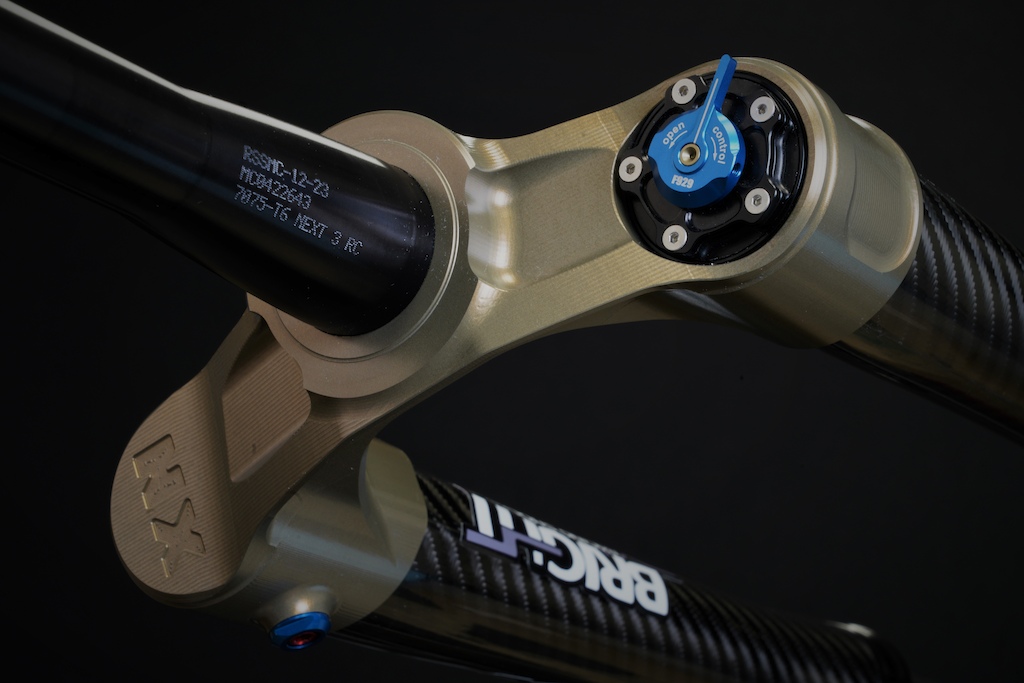

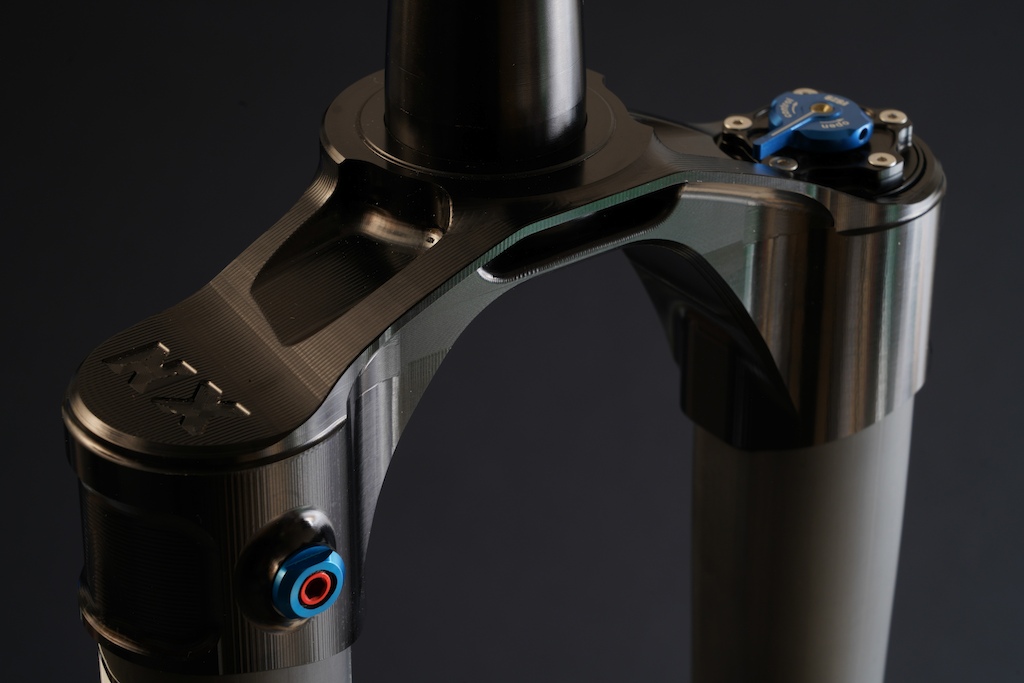
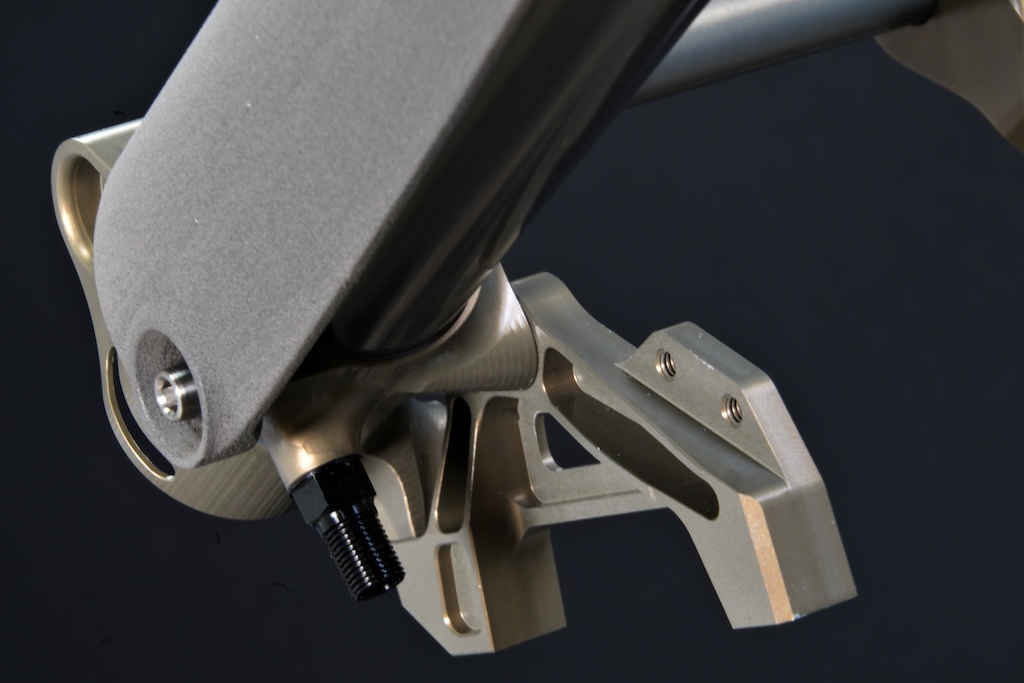
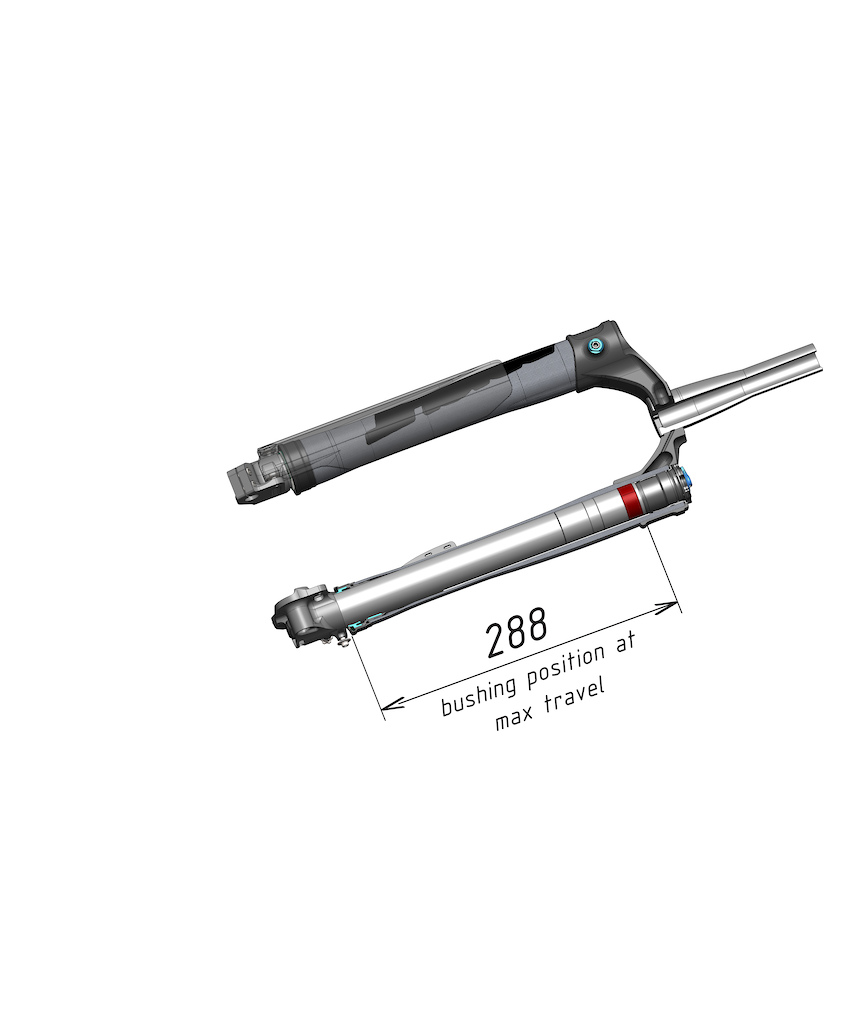

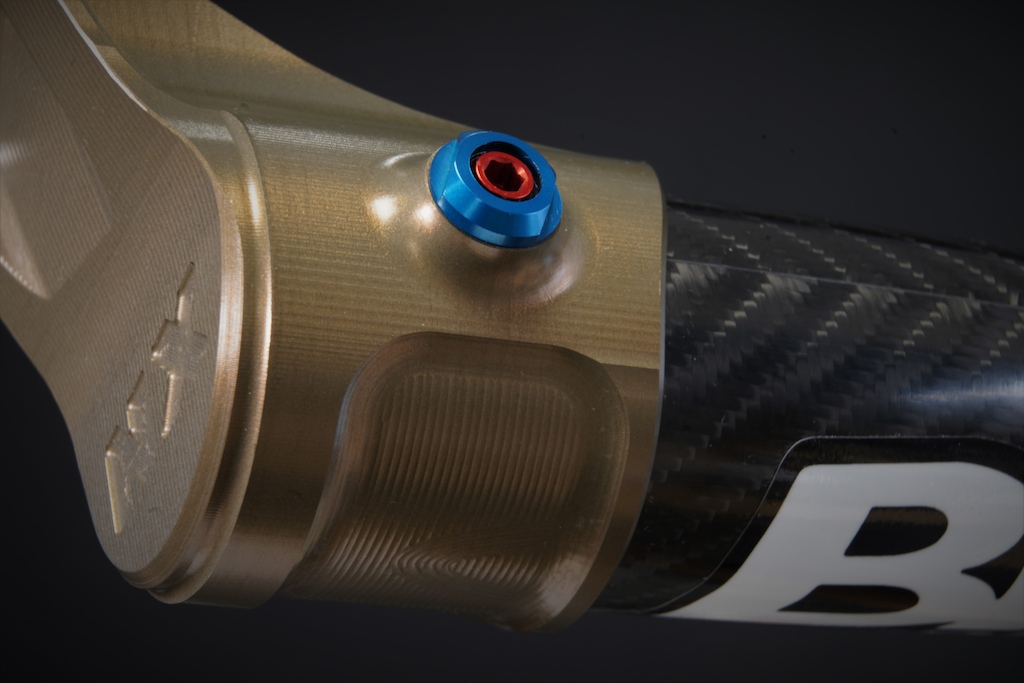
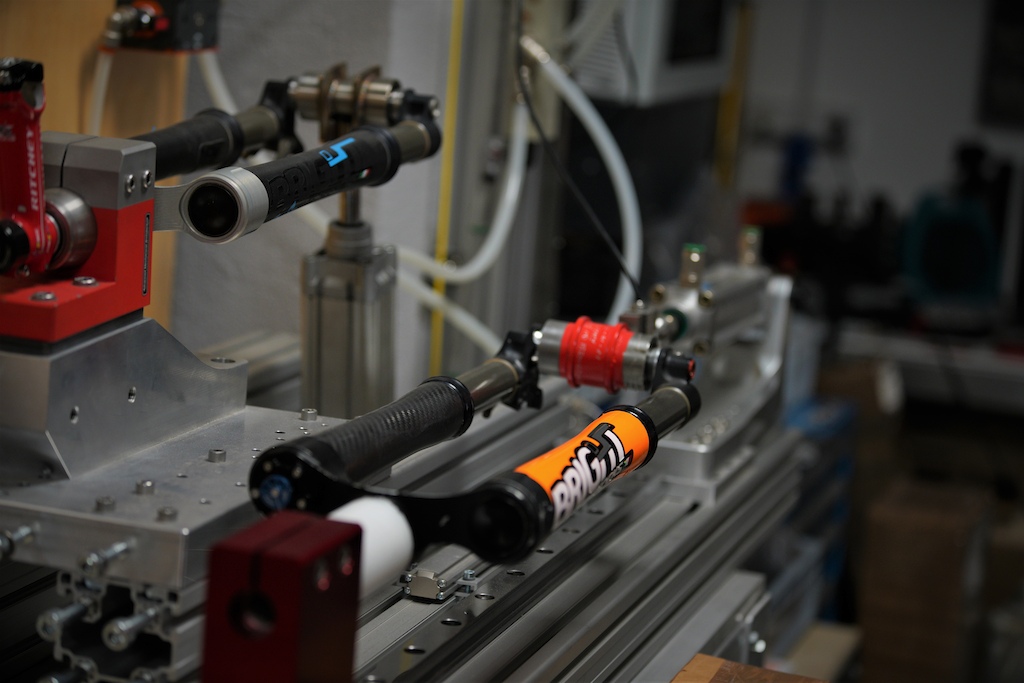

USD makes sence, don‘t forget Intend. The front to back stiffness is far superior to conventional forks (that‘s why preferred on motorcycles, hard braking) as is the binding behaviour under braking or in general. Torsion is a different story, but can also be an advantage in certain situations. Contrary to popular believe unsprung mass is tyically not lower on USD.
So before I would buy a heavy ZEB or 38, I would much prefer an Intend bandit or something similar, purely based on technical aspects, ignoring prices. I would love to see a mass market USD enduro fork.
I'm noticing there really are massive differences in preferences, even riding on the same terrain. That may very well include stiffness preferences, where some people appreciate the fork having some "give" and finding its way around, while other people are looking for millimetres of precision with where the wheel will be.
But then if your main point is stoppies and nose turns, I suspect we ride differently and have different demands on our suspension?
The forceful decision making of the bushings?
Literally the same with a fork: highest loads at full extension when the leverage is longest, and in the case of this fork, when the bushing overlap is smallest. Yes it's probably (hopefully) not smaller than other forks, but it's kind of a waste to put effort into enabling sliding bushings to increase overlap as the leverage decreases. Rather see it be less expensive then just to know it has minimal friction at bottom out.
That said, I can't see myself riding an USD fork until it's as stiff torsionally as a Zeb, because of the exact same situation where precision is more important to me. I definitely can't see myself riding a fork without a big negative air chamber either. Just trying to appreciate some things I feel they did right. Of course I only say that because I don't care what the fork costs as I'm not interested in buying one. I understand your point of that expense being unnecessary in the fork, but that applies to so many marginal improvements on our bikes..
But it does, in a way, Not simply friction, but friction from bushing overlap, or lack there-of, does matter less. Between the shorter leverage arm and increasing influence of spring rate in the factors resisting compression, reducing bushing friction _only_ at deep compression is redundant.
Yes, Friction always matters, but reducing it only for this situation puts it in the tiniest of margins at best, pointless in reality, and a waste of resources (R&D, engineering, materials) at worst. Give me better bushings all around with maximum extended overlap, not grams of force reduction from increasing bushing overlap while the spring is increasing force by tens of kilograms.
*correct me if I’m wrong though*